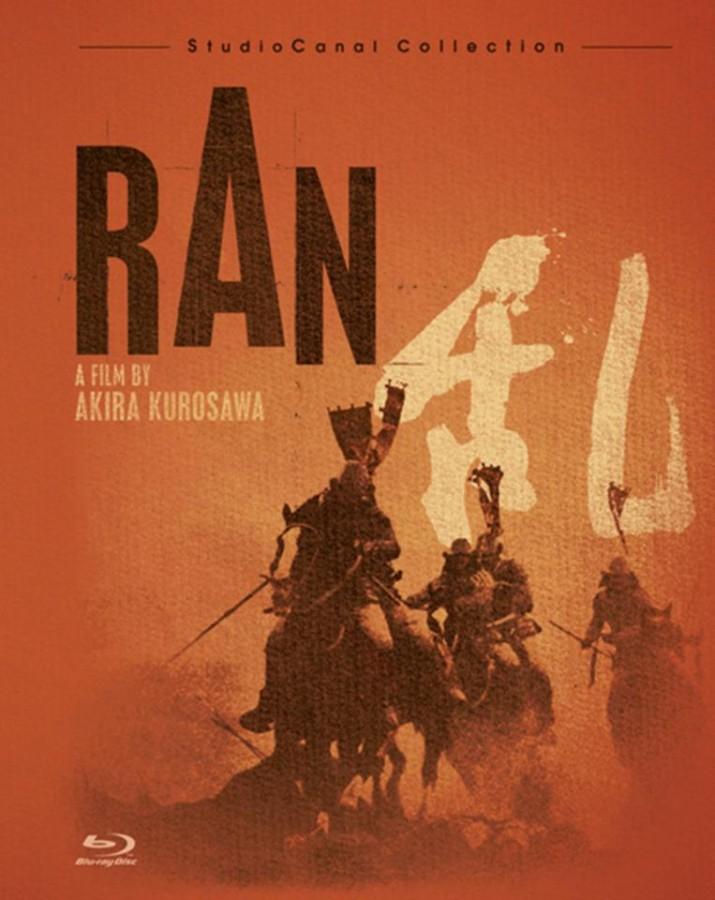Restoration Revives Resplendent ‘Ran’
Akira Kurosawa’s film Ran is being brought back to life in a 4K restoration.
February 26, 2016
Akira Kurosawa stands as one of the greatest filmmakers of all time. Between “Hidden Fortress,” “Seven Samurai” and “Drunken Angel,” his works are cinematic classics, even though modern audiences might not be familiar with the influential director. Hopefully, that can change with Film Forum hosting a digitally remastered version of his iconic 1985 film “Ran.”
A retelling of Shakespeare’s “King Lear,” “Ran” follows the same major plot beats: a powerful warlord named Hidetora Ichimonji (Tatsuya Nakadai) decides to split his kingdom among his three sons as he prepares to retire from warring. However, a falling out with his youngest son, Saburo (Daisuke Ryû), sends Hidetora into a slow descent of madness, aggravated by his sons’ plotting and scheming. What ensues is a grand war between siblings as Saburo’s desire to save his father is met with the backstabbing violence of his brothers.
The new 4K restoration, a method of transferring films from celluloid film to digital, helps reassert how beautiful the film is. In 1985, “Ran” was nominated at the Academy Awards for Best Costume, Cinematography and Art Direction, and 31 years later, the film still looks stunning. The gorgeous colors of the robes pop against the green fields and jet-black plains. The sense of scope in the massive castles and huge military clashes is jaw dropping. Every frame feels like a meticulously crafted painting, resulting in some of the most beautiful shots in Kurosawa’s repertoire. Even without audio, the film would be an emotional experience, a testament to skillful visual storytelling.
For a nearly three-hour movie, it is stunningly well paced, especially in its action scenes The majority of the film consists of two or three characters talking or arguing at a time, and it takes a truly skilled filmmaker and group of actors to make that constantly compelling for nearly 170 minutes. Unlike most Samurai films, the action takes place in an era with gunpowder, resulting in shockingly visceral battles where waves of riflemen shoot through Calvary and castles. The scenes are haunting and beautifully staged, and most importantly, make Hidetora’s descent into madness all the more emotional.
But what makes “Ran” great is how perfectly universal it is — driven by broad human emotions and motivations, yet timeless enough for all audiences. One of the benefits of globalism in the arts is the increase of stories that people across the world can empathize with. “Ran” was that critical film during its original release, and it most certainty still is now.
Visceral, sweeping in scope, and emotionally resonate, the restoration of “Ran” is a must see. Kurosawa’s genius translates more brilliantly on the big screen. Don’t miss the chance to see a legendary film in it’s most pristine form.
“Ran” is currently showing at Film Forum until March 3rd.
Email Carter Glace at [email protected].
























































































































































